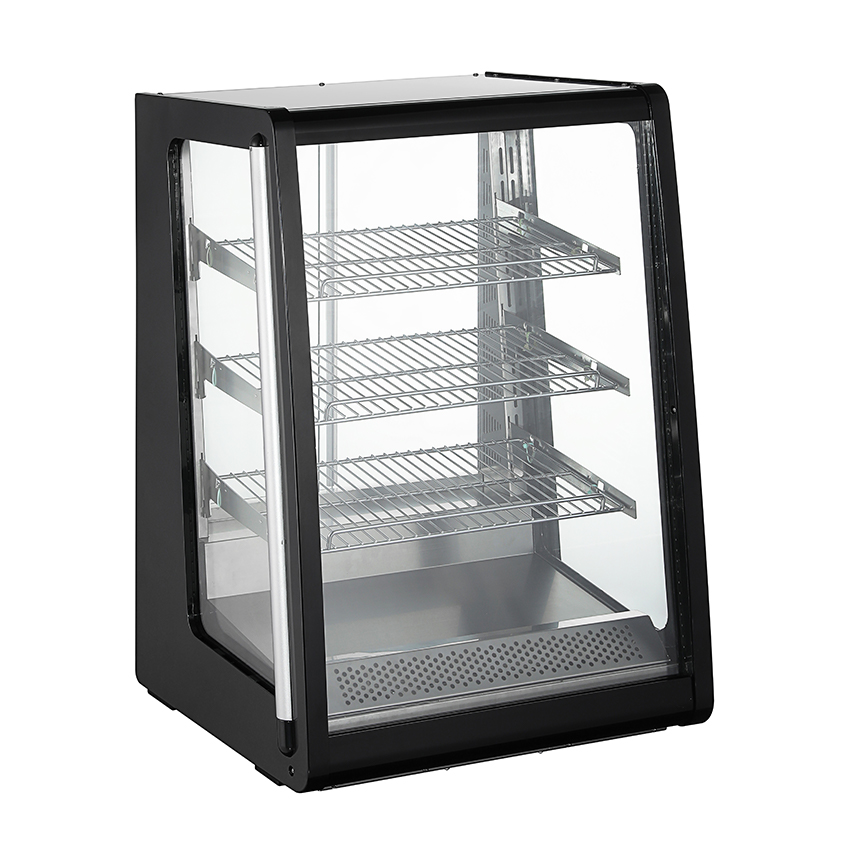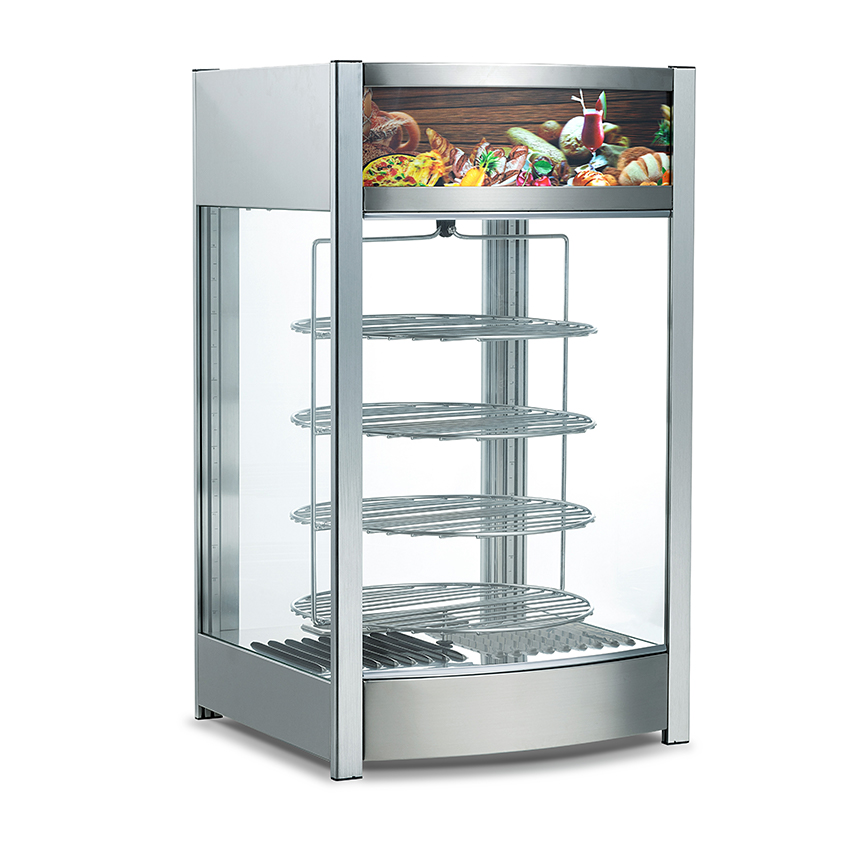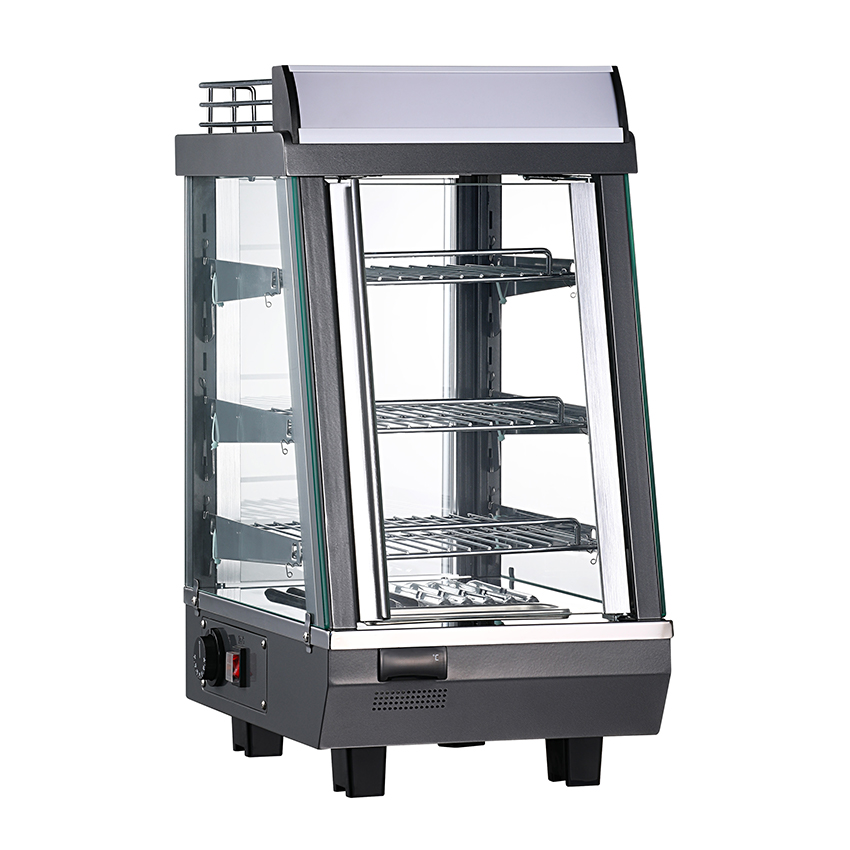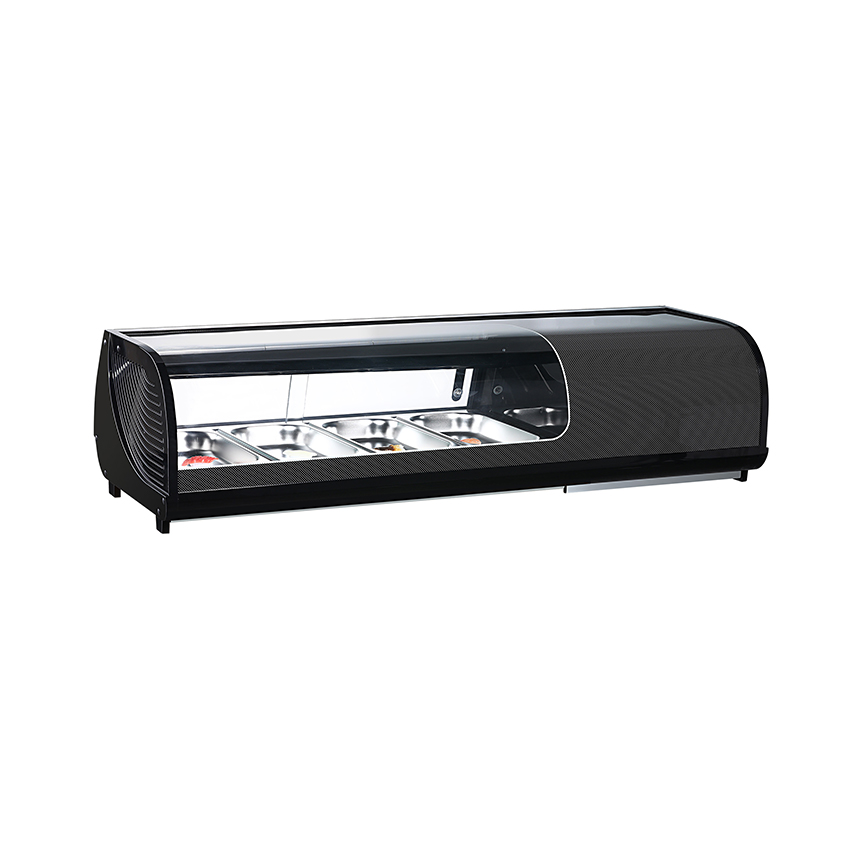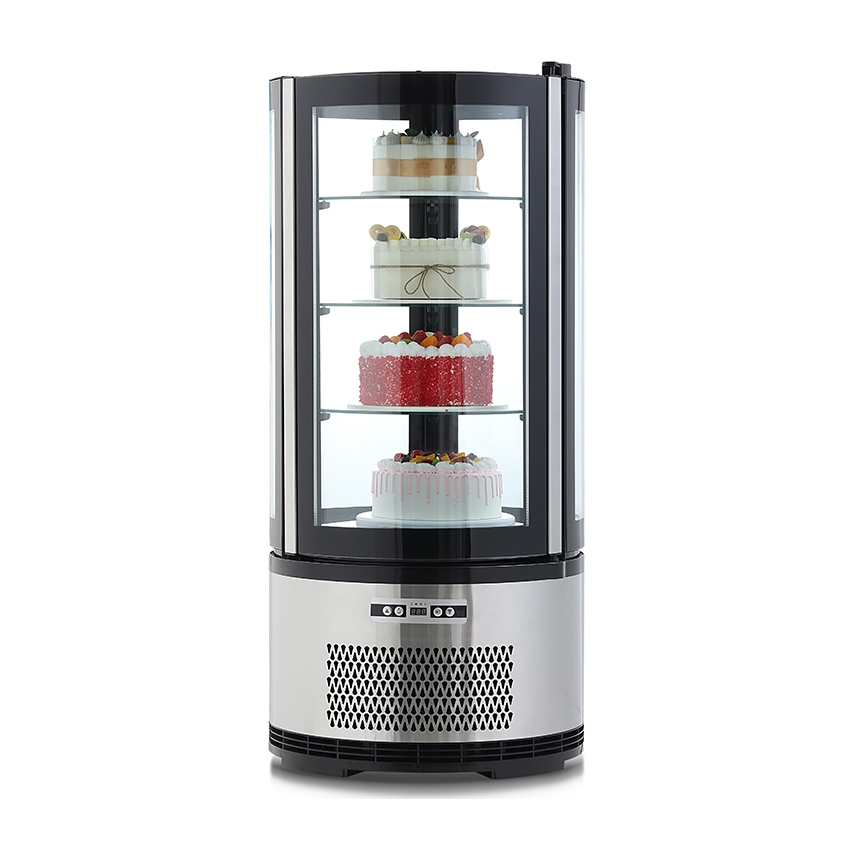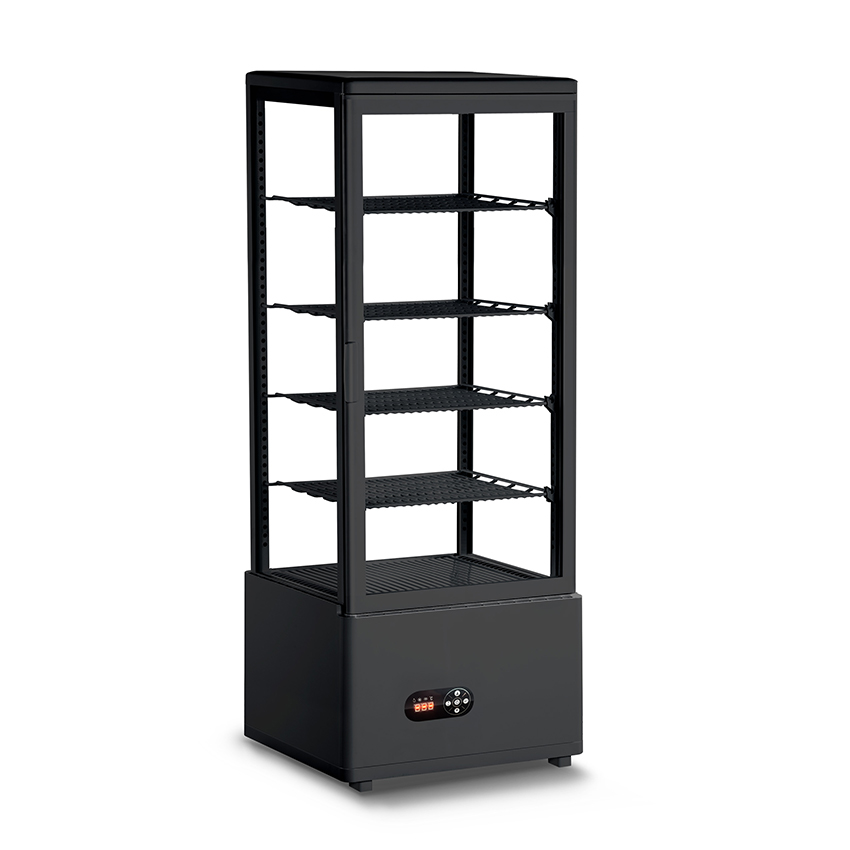Content
1. Key Points for Equipment Purchase and Installation
Choosing a suitable sushi display cabinet is the basis for ensuring the subsequent use effect. First of all, the capacity requirements should be determined according to the scale of operation. Small restaurants can choose 1.2-1.5m single-door cabinets, while large chain stores recommend multi-temperature zone display cabinets of more than 2m. In terms of refrigeration methods, direct cooling is cheaper but the temperature uniformity is slightly worse, and air cooling is more accurate but the cost is higher.
The installation location should avoid direct sunlight and heat sources, and keep at least 15cm away from the wall to ensure good heat dissipation. The power supply must use an independent circuit, and the voltage fluctuation should not exceed ±10%. After the equipment is installed, it needs to be left to stand for 4-6 hours before powering on. The first operation must work continuously for more than 12 hours before putting in the ingredients.
Main types of sushi display cabinets:
|
Type |
Temperature range |
Applicable scenarios |
Features |
|
Refrigerated display cabinet |
0~5℃ |
Sushi, sashimi |
Keep ingredients fresh and prevent bacteria from growing |
|
Sushi conveyor belt |
2~8℃ |
Conveyor belt sushi restaurant |
With conveyor belt, display + conveying function |
|
Multifunctional display cabinet |
-2~10℃ (adjustable) |
Comprehensive Japanese food store |
Adjustable temperature zone, compatible with a variety of ingredients |
2. Daily operation specifications
Correct operation is the key to ensuring food safety. Before starting the machine, check whether the door seal is intact, and the ingredients can only be put in after the temperature in the cabinet drops to the set value (usually 0-5℃). The layout of ingredients should follow the principle of "cooked on top and raw on the bottom", that is, ready-to-eat sushi should be placed on the upper layer, and sashimi and other items should be placed on the lower layer to avoid cross contamination.
Temperature management should strictly implement the "2-hour inspection system" and use a calibrated thermometer to measure the actual temperature in the cabinet. The door opening time should be controlled within 10 seconds. When picking up goods frequently, you can consider using an auxiliary workbench for temporary storage. After the end of each day's business, the remaining ingredients should be counted, and unsold exposed sushi must be discarded.
3. Cleaning and disinfection process
A complete cleaning system can effectively prevent foodborne diseases. Before opening each day, wipe all contact surfaces, including glass, trays and shelves, with food-grade disinfectants. Deep cleaning should be carried out every week, and the movable parts should be disassembled and rinsed with hot water above 60°C, paying special attention to cleaning the drain holes and water trays.
It is recommended to choose quaternary ammonium salts or hypochlorous acid disinfectants, and rinse thoroughly with clean water after use. Use a special mildew remover to treat the gaps in the door seals every month to prevent mold growth. Cut off the power supply before cleaning to avoid the risk of electric shock.
4. Common fault handling
Mastering basic fault judgment methods can reduce business losses. When the refrigeration fails, first check whether the power supply is normal, and then check whether the condenser is frosted too thickly. Abnormal noise usually comes from loose compressor fixing screws or fan blades rubbing. Water accumulation in the cabinet is mostly caused by blockage of the drain pipe, which can be cleared with a thin wire.
Excessive temperature fluctuations may be caused by aging of the door seal or failure of the thermostat. When these problems occur, simple ones can be handled by yourself, and complex ones should be contacted for professional maintenance immediately. It is recommended to establish equipment files to record each failure and treatment measures.


 English
English русский
русский Español
Español Français
Français عربى
عربى italiano
italiano
